1. Concerto for Piccolo and Orchestra: I. Rubato
Composer: Levente Gyöngyösi
Artist(s): Peter Verhoyen, Ataneres Ensemble
2. Concerto for Piccolo and Orchestra: II. Allegro Moderato
Composer: Levente Gyöngyösi
Artist(s): Peter Verhoyen, Ataneres Ensemble
3. Concerto for Piccolo and Orchestra: III. Andantino
Composer: Levente Gyöngyösi
Artist(s): Peter Verhoyen, Ataneres Ensemble
4. Concerto for Piccolo and Orchestra: IV. Presto
Composer: Levente Gyöngyösi
Artist(s): Peter Verhoyen, Ataneres Ensemble
5. Concerto for Piccolo and Orchestra
Composer: Erik Desimpelaere
Artist(s): Peter Verhoyen, Ataneres Ensemble
6. Concerto for Piccolo and Orchestra
Composer: Robert Groslot
Artist(s): Peter Verhoyen, Ataneres Ensemble
7. Concerto for Piccolo and Orchestra
Composer: Bart Watté
Artist(s): Peter Verhoyen, Ataneres Ensemble

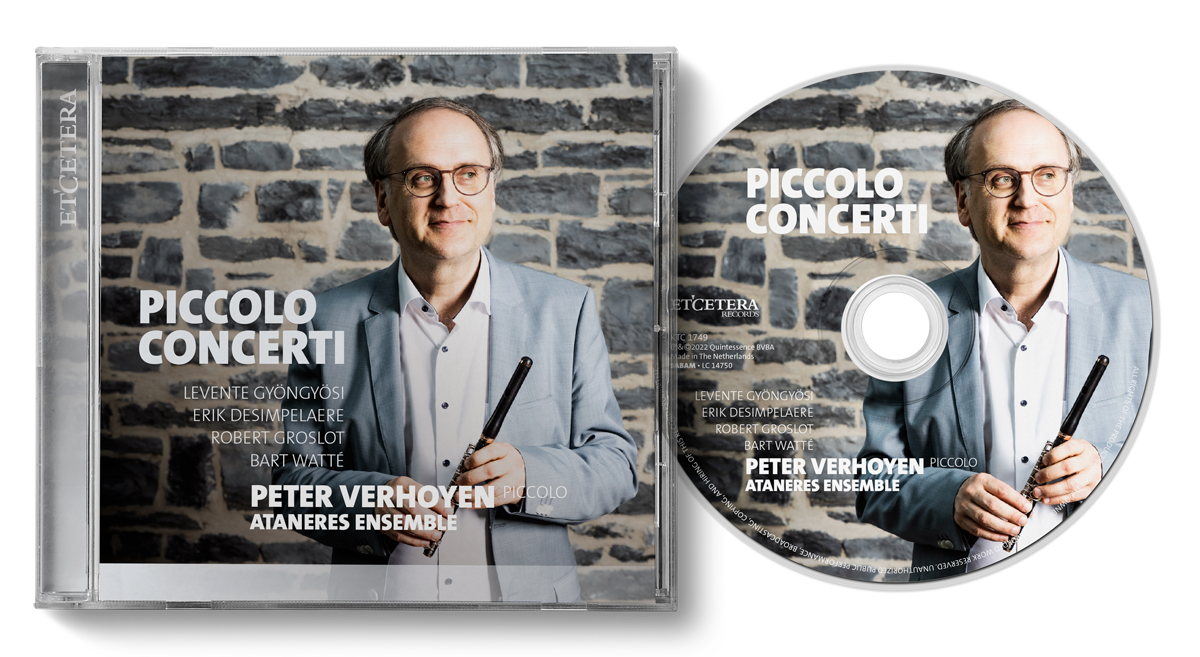
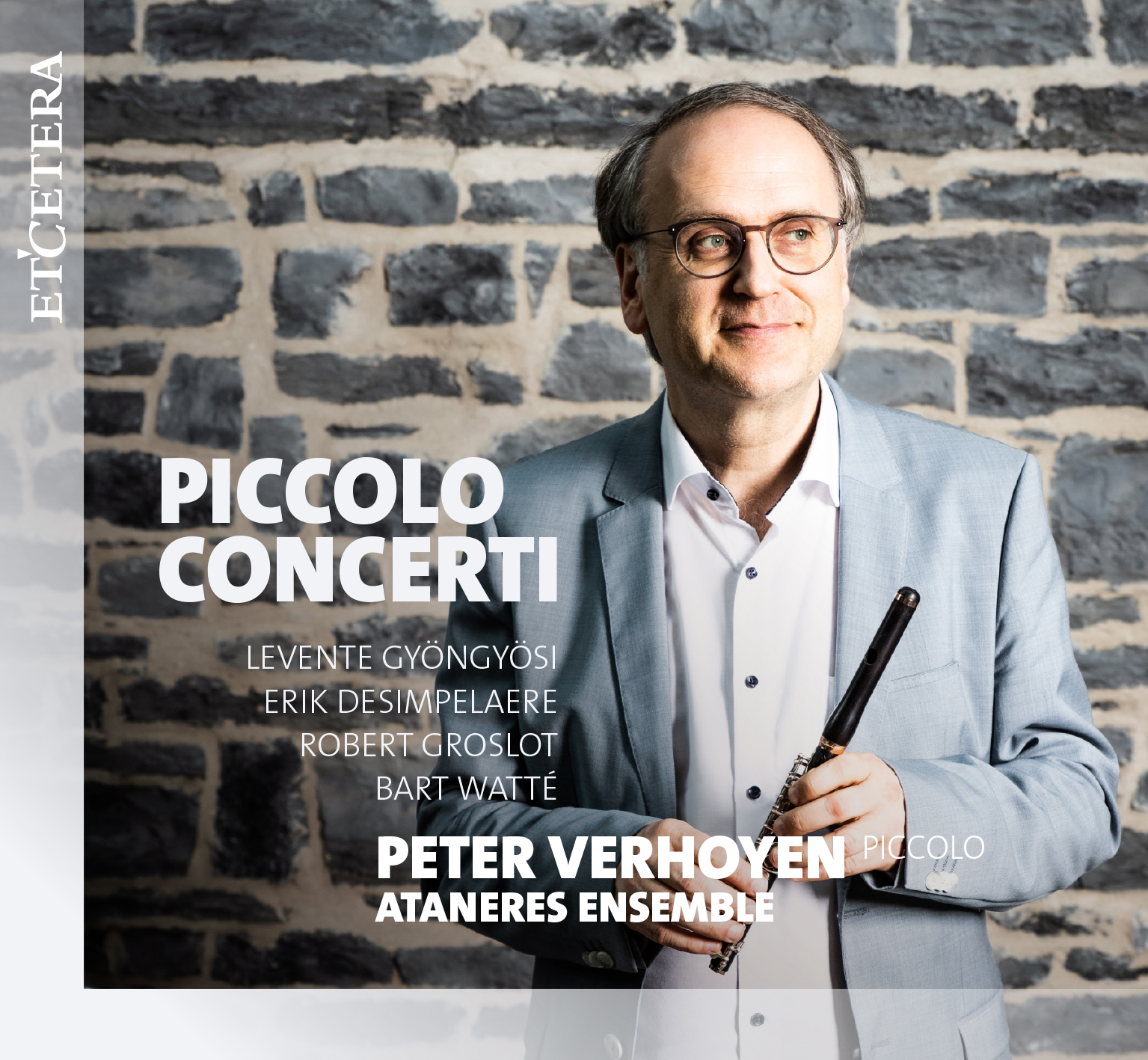
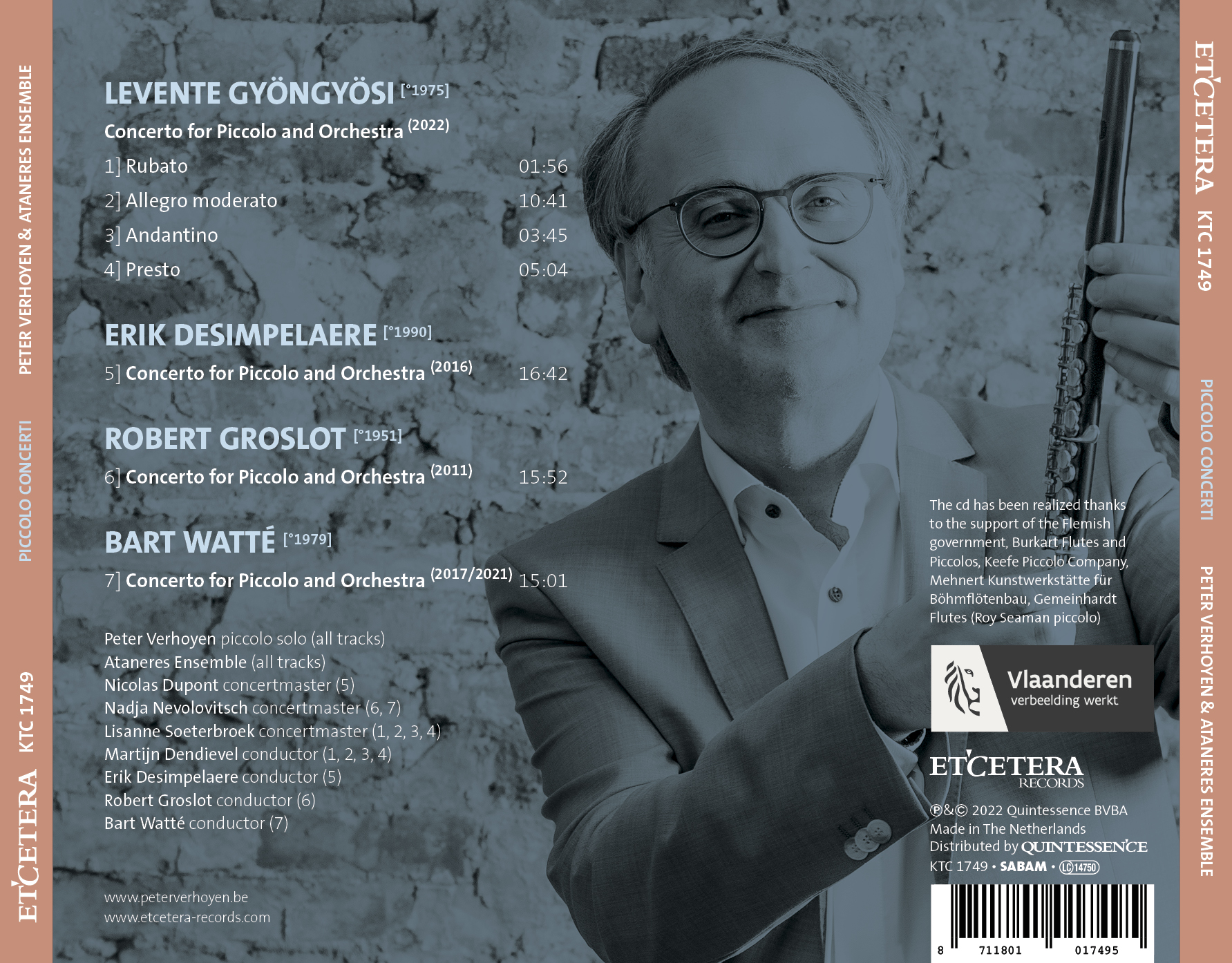

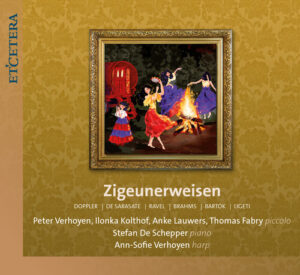
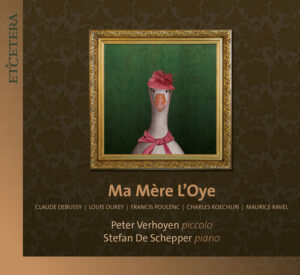
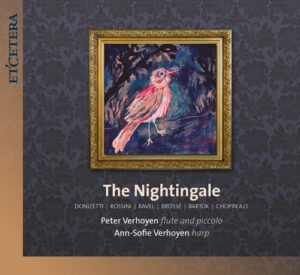
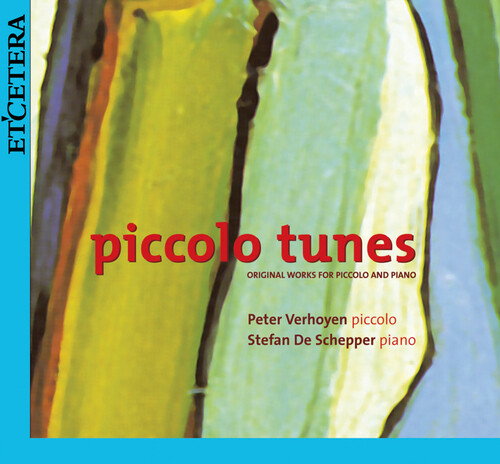
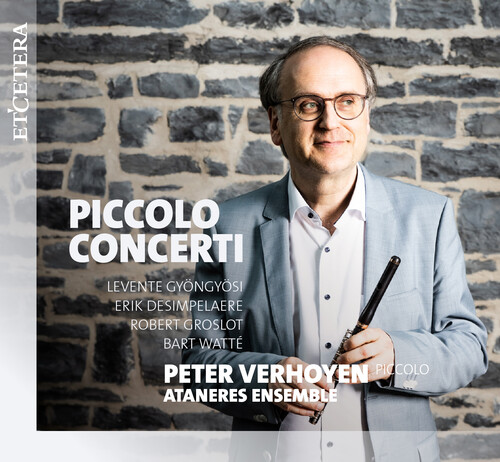
Reviews
There are no reviews yet.